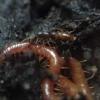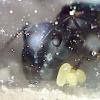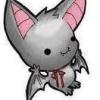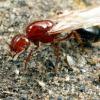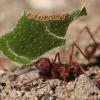I am after this species, and there doesn't happen to be an abundance of information of them of what they are like in California.
I know they usually fly in January.
What are the factors they need to fly?
What may be some good locations to find alates after a flight here in California?
Edited by Gregory2455, October 29 2014 - 4:31 PM.



